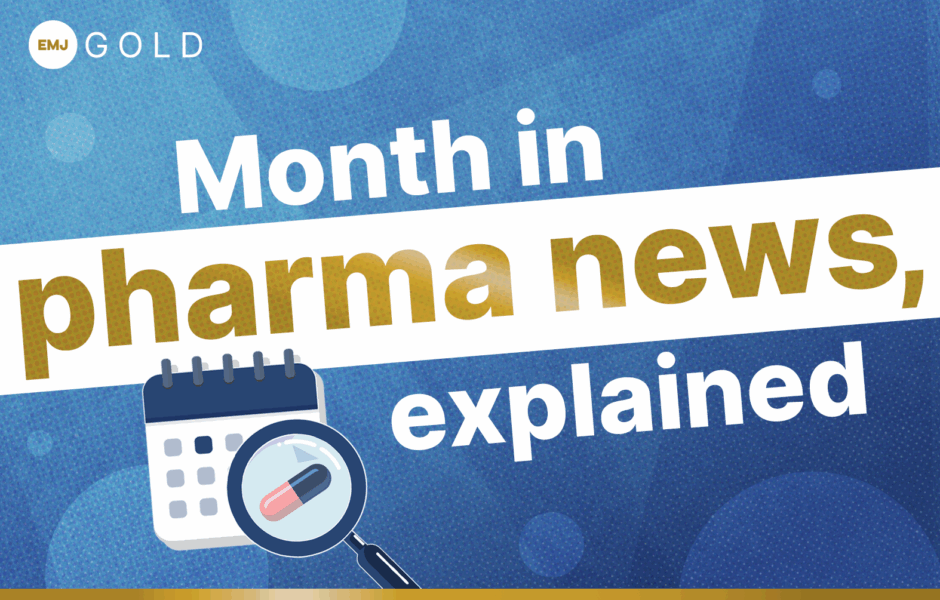Welcome back to your monthly news roundup, where we take a look back at the top moments to hit the pharma headlines. It’s time to reflect on October 2025
Thinking without wires
Could brain–computer interfaces (BCIs) soon work without brain surgery? A new study suggests so. US firm Precision Neuroscience has developed a high-performance, ultra-thin electrode array that sits on the brain’s surface, capturing detailed neural signals without penetrating tissue. Now cleared by the FDA for up to 30 days of use and implanted in over 50 people, the system has enabled participants to type, play games and control robotic devices using only their thoughts. The breakthrough reflects a wider trend in biomedical engineering, as once experimental neurotechnologies edge rapidly towards clinical reality. Several companies are now racing to develop BCIs, though most still rely on invasive designs. Most notably, Elon Musk’s Neuralink hit headlines this week after a UK patient with motor neurone disease successfully controlled a computer using his thoughts.
The four hour genome
Staying on the topic of innovation, Roche, in collaboration with Boston Children’s Hospital and Broad Clinical Labs, broke the Guinness World Record for fastest whole-genome sequencing this month – completing a full human genome in under four hours, down from the previous five-hour benchmark. The new system analyses data in real time, cutting turnaround times dramatically and nudging genomics closer to sameday use in hospitals. While still pre-commercial, the breakthrough hints at a near future where genome sequencing could guide critical medical decisions within hours rather than days. Fun fact: The last pharma company to break a Guinness World Record was Boehringer Ingelheim, who hosted the largest video chain of people passing a pen for its “Rare but Not Alone” rare disease awareness campaign.
Rethinking value for money
From record–beating feats to lagging limits, not everything is moving at the pace the industry wants. This month, the ABPI urged a review of NICE’s long-standing cost-effectiveness threshold, warning that the UK is undervaluing new medicines and deterring investment. NICE currently defines a treatment as cost-effective if it delivers one good-quality life year for £20,000–£30,000, a figure unchanged for more than two decades. If adjusted in line with inflation, the upper limit would now be closer to £57,000. According to ABPI analysis, this “frozen threshold” has effectively halved the real value of health spending since 1999, limiting access to new treatments and threatening the UK’s competitiveness in life sciences. The association wants NICE to raise the bar to £40,000–£50,000 per Quality-Adjusted Life Year and for future rates to be indexed to inflation, ensuring the NHS can reward innovation fairly and remain globally competitive.
Honourable mention of the month
While the UK weighs how much a life year is worth, the US is taking a different route – targeting prices directly. AstraZeneca this month joined President Trump’s campaign to align US drug prices with global levels, agreeing to steep discounts alongside expanded domestic investment. Under the deal, the company will offer up to 80% off list prices through a new Direct-to-Consumer scheme. In return, Washington will postpone pharmaceutical import tariffs for three years as AstraZeneca commits $50bn to US manufacturing and R&D expansion in the country. The agreement follows similar 2025 deals with Pfizer and Amgen, each tying multibillion-dollar investments to tariff relief and pricing reform.









